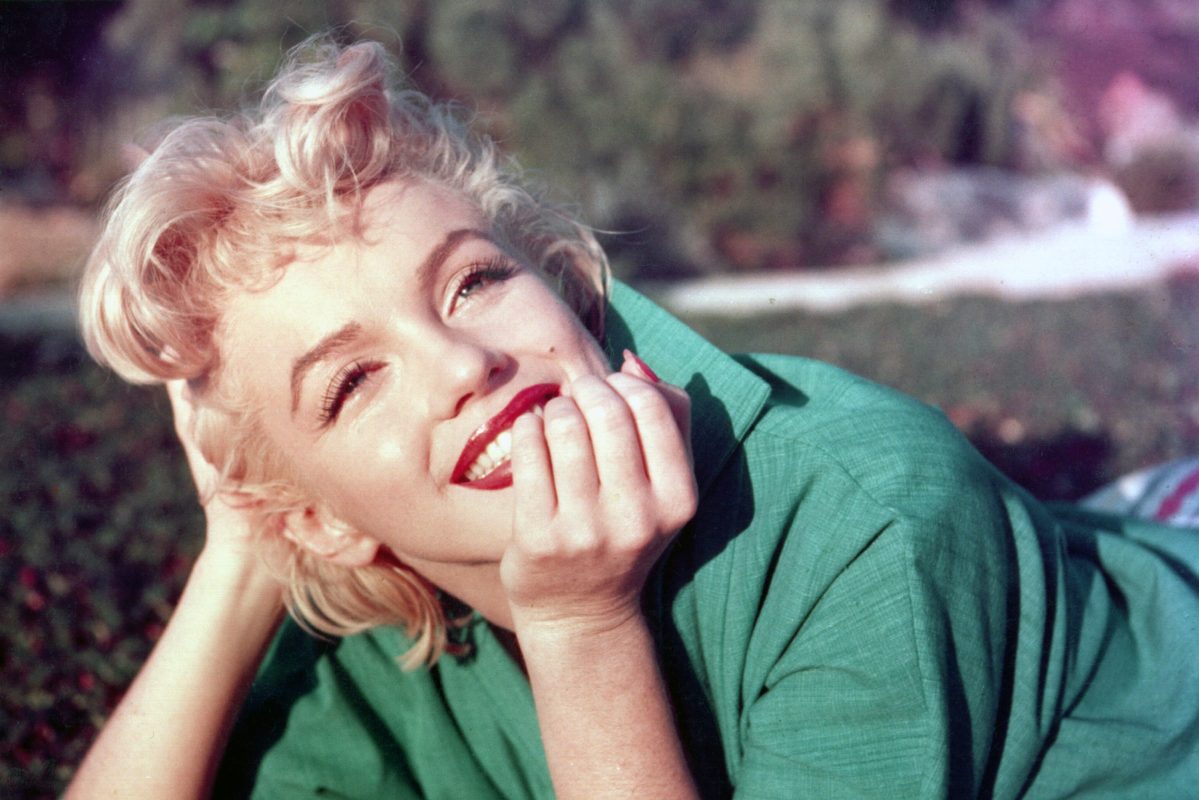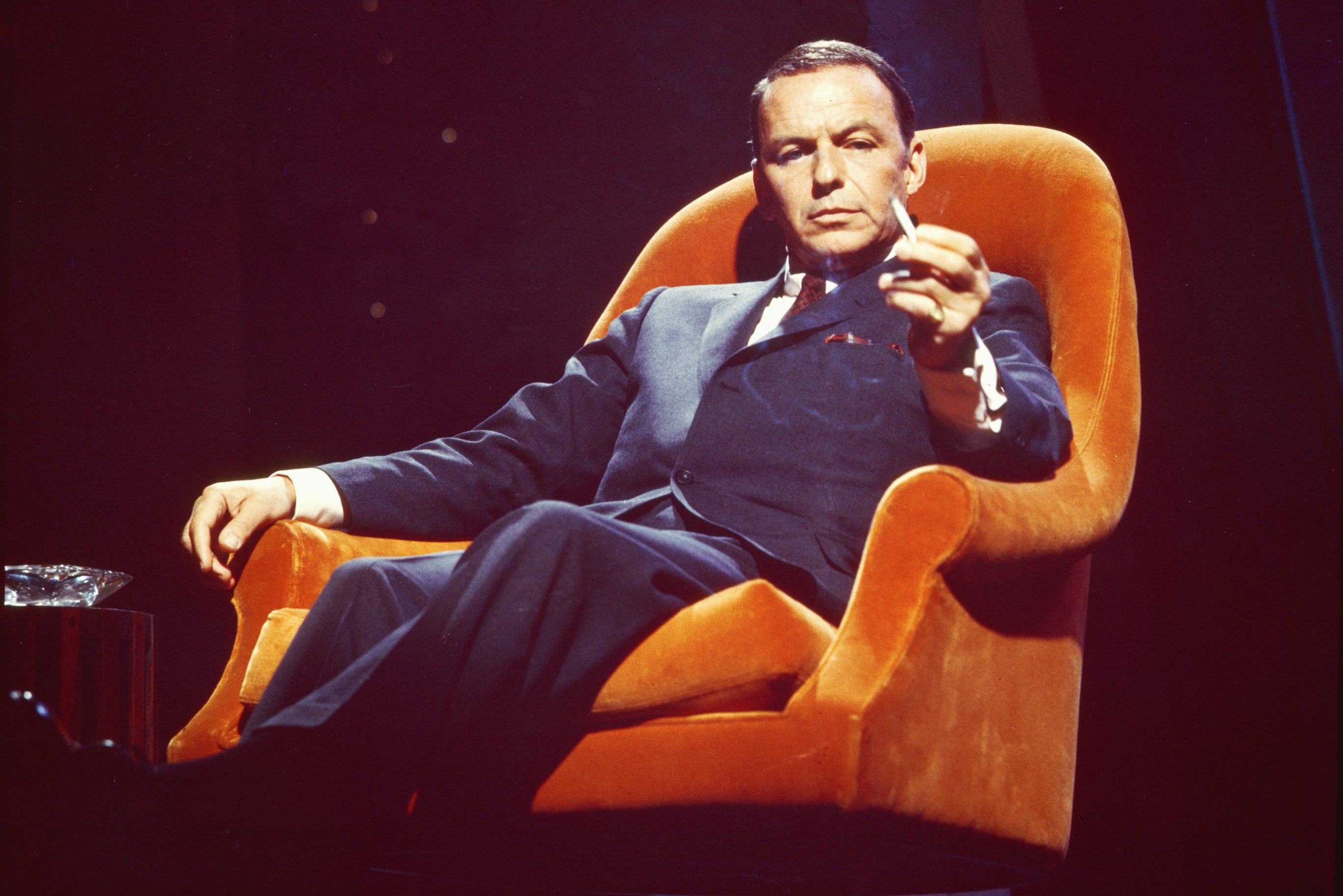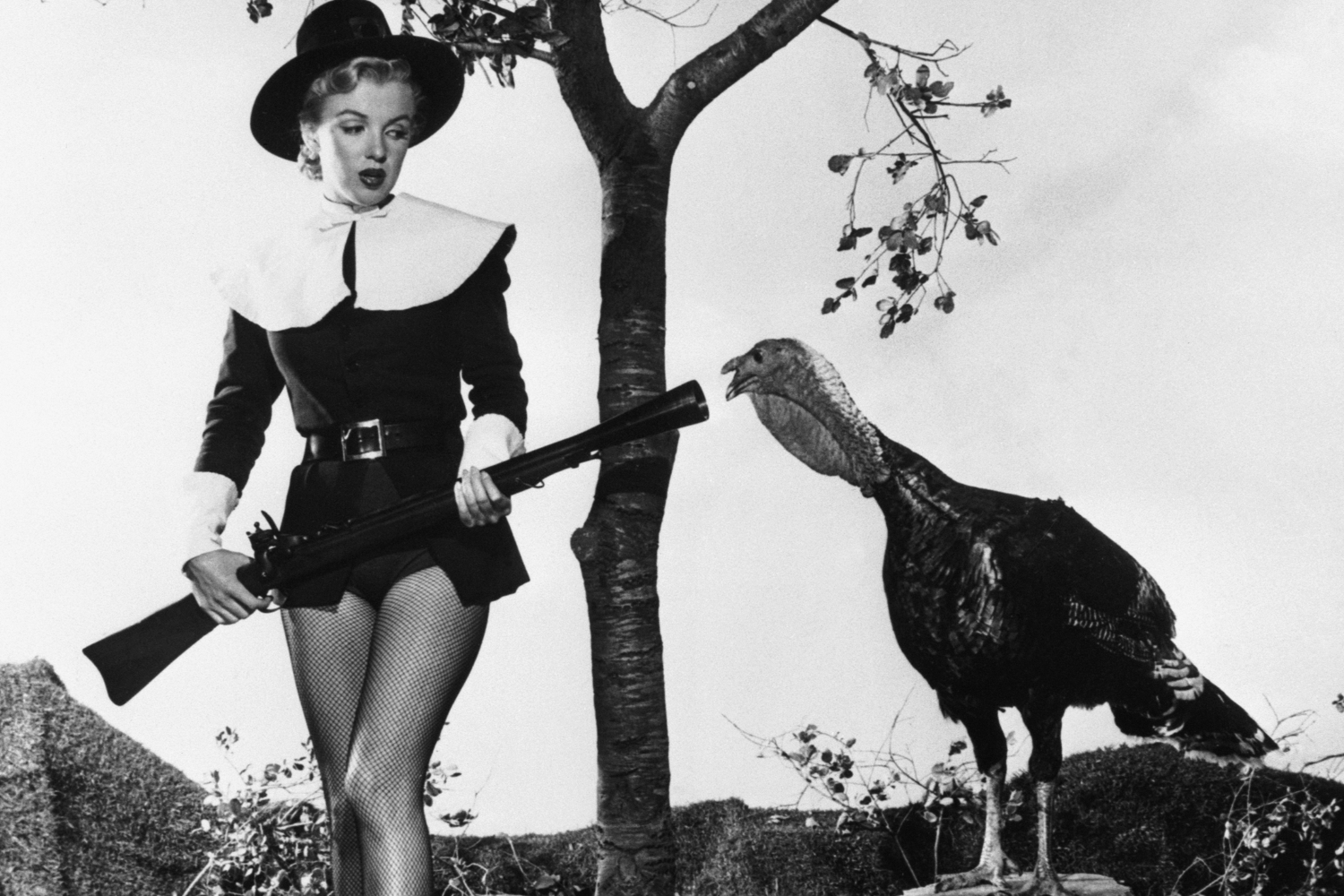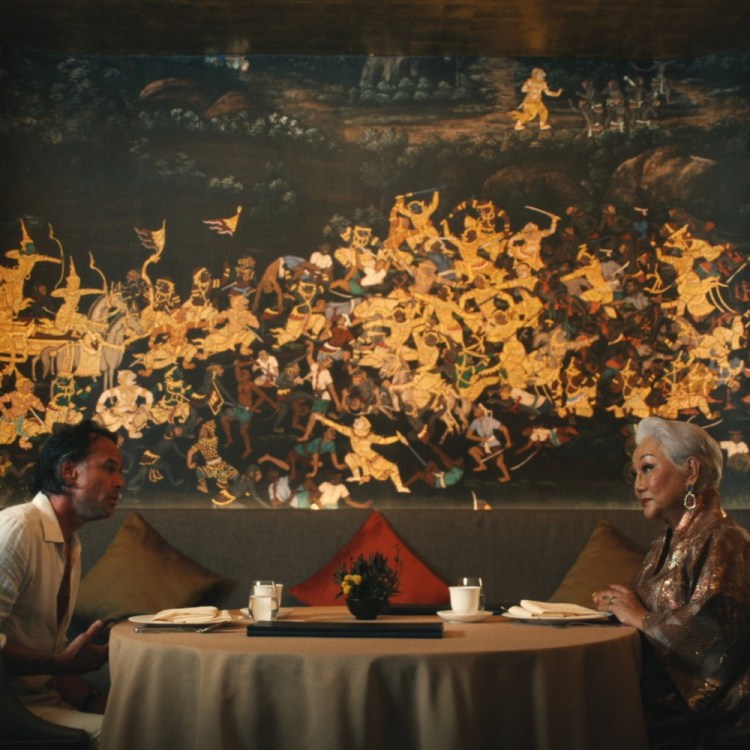When we think of Marilyn Monroe, most of us tend to think of the carefully crafted image that made her an icon — the platinum blonde hair, the glamorous outfits, the breathy baby voice that could vacillate between childlike innocence and “Happy Birthday, Mr. President” depending on what the situation called for. To this day, some of us still associate her with her onscreen “dumb blonde” persona or, even worse, still think of her simply as an object to be leered at. Others with the best intentions see her as a tragic figure — an exploited woman made to change her name and appearance to rise the ranks of Hollywood, only to eventually fall victim to its pressures.
As is often the case, the truth is actually somewhere in the middle. Any life that ends so prematurely — in Monroe’s case, at age 36, of a barbiturate overdose that was ruled a probable suicide — of course contains some devastating elements, and Monroe no doubt had some demons. But the idea that she was just some sort of passive victim — a delicate, naive girl who was plucked out of obscurity and thrust into the world that ultimately did her in — isn’t right either, and it fails to recognize her agency. As CNN’s new four-part docuseries Reframed: Marilyn Monroe points out, the woman born Norma Jeane Mortenson was a hustler, a shrewd businesswoman who would do whatever it took to achieve her dream of being a star.
For decades, Marilyn Monroe’s narrative has been fed to us predominantly by men. But Reframed, which relies on an all-female editorial team, narration from Jessica Chastain and insights from female film critics and historians, seeks to … well, reframe its subject by undoing some of the objectification and condescension and focusing on her through a more feminist lens. Monroe was a sex symbol, yes, but she was also a trailblazer who was unafraid of both owning her sexuality and speaking up when she felt it was being taken advantage of. She was in on the joke, playing up her persona for laughs in comedies, but she also knew how to manipulate her star power and cash it in for real power, using her fame as a bargaining chip to get better pay, more interesting roles and eventually open up her own production company in an era where a woman doing so was unheard of.
The doc chronicles Monroe’s complicated childhood, which included sexual abuse, a schizophrenic mother who was institutionalized and as many as 12 different foster homes. (“I will not be punished for it or be whipped or be threatened or not be loved or sent to hell to burn,” the actress once wrote about the sexual abuse she endured as a child.) But it also reveals that even from a young age, Monroe saw her looks as her ticket out, and while we like to think that Hollywood executives “made” her change her name and dye her hair to become more marketable, Reframed reminds us that she had a hand in the decision, insisting on the “Monroe” surname because it was her mother’s maiden name. Studio publicists helped her craft a new, less-depressing origin story, claiming that she was an orphan who was discovered while babysitting for a Fox talent scout. Monroe not only signed off on the story, she posed for photos changing diapers and reading to children to run with it because she knew it’d help her career.
But as Sarah Churchwell, author of The Many Lives of Marilyn Monroe notes in Reframed, “Marilyn was not waiting for powerful men to come find her. She was pounding on the door of the studio. She was doing absolutely everything that she could to break into the movie business.” Of course, given the era she lived in, that included some transactional relationships with powerful men; the doc doesn’t try to hide the fact that Monroe slept with or dated some older studio executives to further her career, but it does provide some context, reminding us that she was, in some ways, simply making a conscious choice to play the hand she had been dealt.
“She understood that you either said, ‘I don’t like these rules and therefore I’m not playing your game, and give up [my] dreams of a career,’ or you recognize that those are the rules of the game and you decide how you’re going to deal with it,” Churchell says in the doc. Mira Sorvino, who played Monroe in 1996’s Norma Jean and Marilyn (and whose career was tanked by Harvey Weinstein after she rebuffed his predatory advances), adds, “I think Marilyn accepted that she was going to have to date people to get what she wanted. And I don’t think she ever should have had to choose that. But at least there was a decision in it on her part.”
The decision wasn’t a unilateral one, however, and Reframed highlights the ways that Monroe tried to shine a light on sexual harassment and misconduct in the industry more than half a century before the Me Too movement. In one instance, Columbia Pictures head Harry Cohn — described in Reframed as a “known womanizer” — invited her on his yacht. Monroe responded by asking pointedly, “Will your wife be joining us?” As a result, she lost her contract with the studio.
In 1952, before Monroe became a superstar with Gentlemen Prefer Blondes, she co-wrote an article calling out the scores of predatory men in Hollywood with journalist Florabel Muir called “Wolves I Have Known.” The first real wolf I encountered should have been ashamed of himself, because he was trying to take advantage of a mere kid,” she wrote. “He gave me a script to read and told me how to pose while reading it. All the poses had to be reclining, although the words I was reading didn’t seem to call for that position.” She didn’t call out any perpetrators by name, but the fact that she called out the behavior at all — and was willing to risk her career by doing so — is remarkable.
In fact, Monroe was ahead of her time in many ways. In 1954, when she was supposed to star in the musical The Girl With the Pink Tights, she found out her costar Frank Sinatra was being paid more than three times what she was. She walked off the set, refusing to return to work until she received a better contract. Even in Gentlemen Prefer Blondes, where she plays an unabashed gold-digger, she fought hard behind-the-scenes to make sure that a particularly revealing line made it into the film: “I can be smart when it’s important, but men don’t like it.”
When nude photos she had posed for before she was famous surfaced and threatened to derail her career, she refused to apologize for them. (“They said, “Did you pose for a calendar?’” we hear Monroe recall in an archival interview, “and I said, “Yes, anything wrong?’”) She gave an interview with journalist Aline Mosby on her own to address the photos instead of allowing the studio to handle it, telling Mosby, “I was in debt. I always supported myself. No one else ever supported me in my life. I had no family. And I had no place to go. Besides, I’m not ashamed. I’ve done nothing wrong.”
Ultimately, Monroe was a complicated figure, one who navigated the oppressive times she was born into to the best of her abilities, and her reappraisal feels long overdue. Between this and the recent reckoning over the misogynistic way the media treated the female celebrities of the early ’00s — many of whom were objectified, sexually exploited and slut-shamed in the same manner as Monroe some 50 years later — perhaps it’s time we make Reframed a recurring series. (Seriously, when can we get Reframed: Tara Reid?) There are countless prominent women who have been mocked, torn down and over-scrutinized for simply daring to exist in the public eye, and Reframed: Marilyn Monroe is proof that it’s valuable to sit down and think about the way we were taught to view them. (Seriously, when can we get Reframed: Tara Reid?)
Part 3 and Part 4 of Reframed: Marilyn Monroe will air on CNN on Sunday, Jan. 23.
This article appeared in an InsideHook newsletter. Sign up for free to get more on travel, wellness, style, drinking, and culture.
























